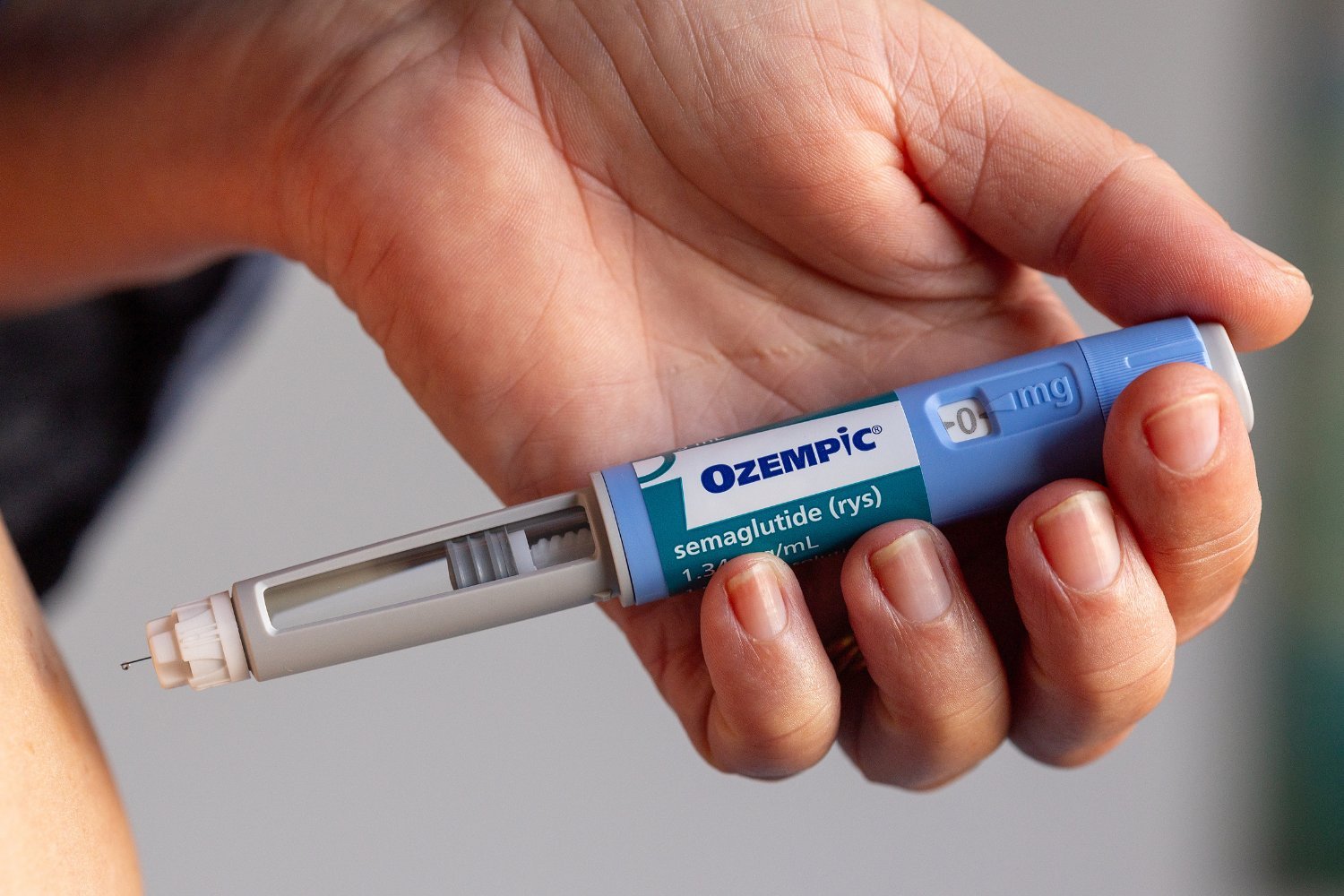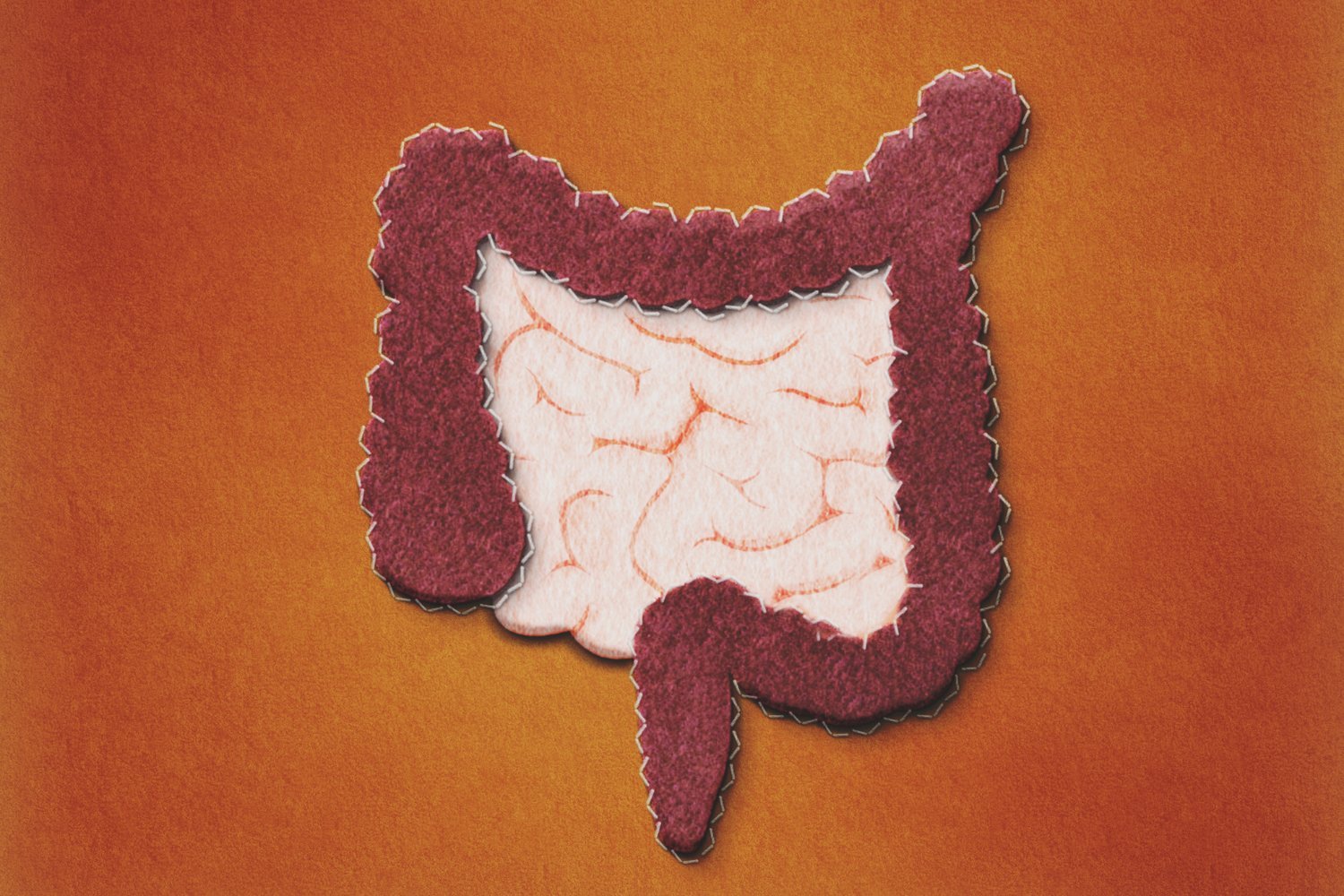A newborn boy presented with a striking and unusual medical condition: a large, red, balloon-like sac protruding from his back. This case, detailed by Massachusetts General Hospital researchers in the New England Journal of Medicine, highlights a rare complication of spina bifida, a relatively common neural tube defect. Despite the alarming appearance of the sac, the infant underwent successful surgery and appears to be developing normally.
Neural tube defects (NTDs) occur in approximately 1 in 1,000 births. The neural tube, the embryonic precursor to the brain and spinal cord, typically closes by the fourth week of pregnancy. Incomplete closure results in a gap in the spine, leading to spina bifida. The severity of spina bifida varies widely. Some individuals remain asymptomatic throughout life, while others experience significant physical and developmental challenges.
Spina bifida occulta, the mildest form, often goes undiagnosed until adulthood. The most severe form, myelomeningocele, involves the protrusion of the spinal cord itself, potentially causing severe disabilities. This infant’s case presented as a meningocele, an intermediate form. His sac, measuring approximately 3 inches by 2.8 inches by 2 inches, contained cerebrospinal fluid and meninges (protective membranes surrounding the brain and spinal cord), but crucially, not spinal cord or brain tissue.
While factors like certain medications or maternal folic acid deficiency can increase the risk of NTDs, no such risk factors were identified in this case. The mother and fetus were deemed low-risk, suggesting the defect occurred spontaneously.
Six days after birth, the infant underwent surgery to remove the sac and repair the spinal defect. He recovered quickly and was discharged four days later. A follow-up examination at six months revealed normal development, offering a positive outlook for the child’s future. This case underscores the importance of early diagnosis and intervention in managing NTDs and their complications.
This case serves as a reminder of the variability of spina bifida and the potential for positive outcomes even with complex presentations. The successful surgical intervention and the infant’s normal development at six months highlight the advancements in medical care for NTDs. While the initial appearance of the sac was undoubtedly concerning, this case ultimately demonstrates the resilience of the human body and the power of modern medicine.











